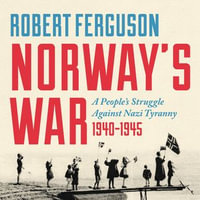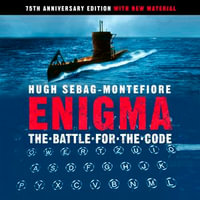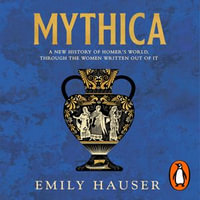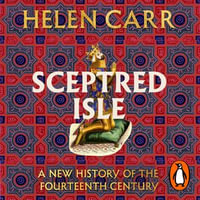Japan's path to dominance in the Pacific did not begin with a single battle, but with decades of careful planning, industrial growth, and a vision of empire. By the late 1930s, Japan had already established itself as a formidable power, securing control over Manchuria and waging a brutal war against China. The empire's leaders saw their nation as the rightful ruler of East Asia, destined to replace the declining Western colonial powers. When war finally erupted, Japan seized the opportunity to reshape the balance of power.
The attack on Pearl Harbor was not just a preemptive strike; it was a masterstroke of military strategy. Unlike in our timeline, where key American aircraft carriers survived, Japan's forces successfully located and destroyed them in this alternate history. The U.S. Pacific Fleet was left crippled, unable to mount an immediate counteroffensive. With Hawaii effectively neutralized, Japan launched an aggressive wave of invasions, capturing the Philippines, Singapore, and the Dutch East Indies with little resistance. The British and Dutch colonial forces were overwhelmed, and American troops in the Philippines were forced into a swift surrender.
With these early victories, Japan secured the vital resources it desperately needed, including oil, rubber, and metals. The industrial centers of Southeast Asia were repurposed to fuel the empire's war machine, allowing Japan to maintain its aggressive expansion. Australia found itself isolated, its northern defenses exposed. Fearing invasion, the Australian government negotiated a neutrality pact, ensuring that its territory would not be used as a base for counterattacks against Japan.

























